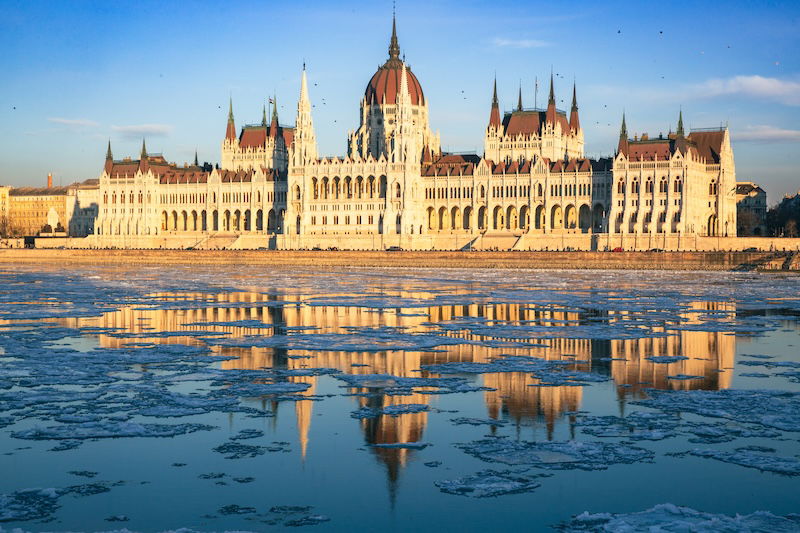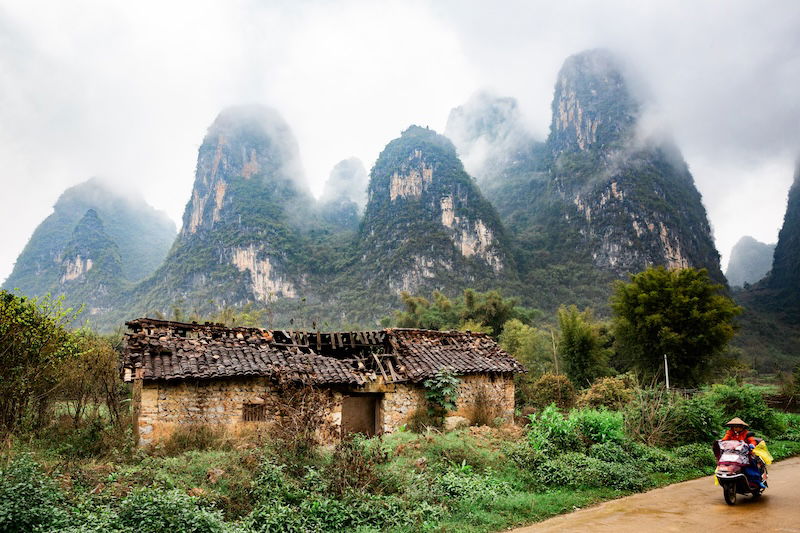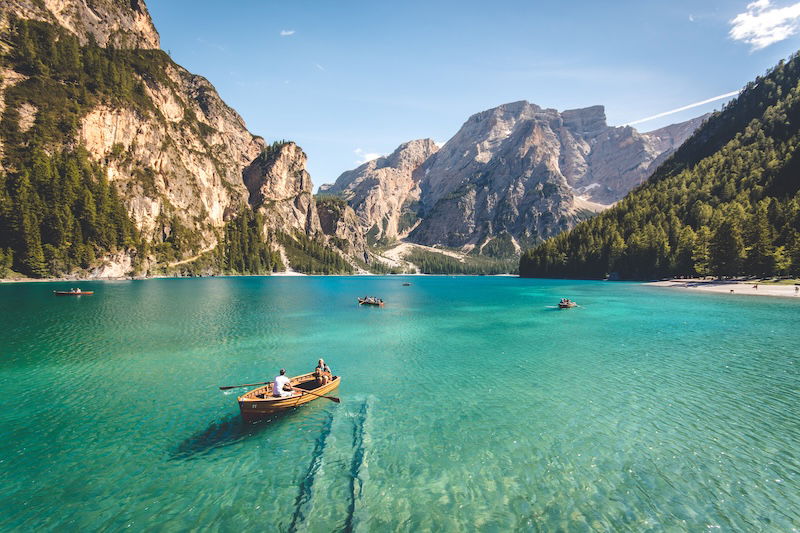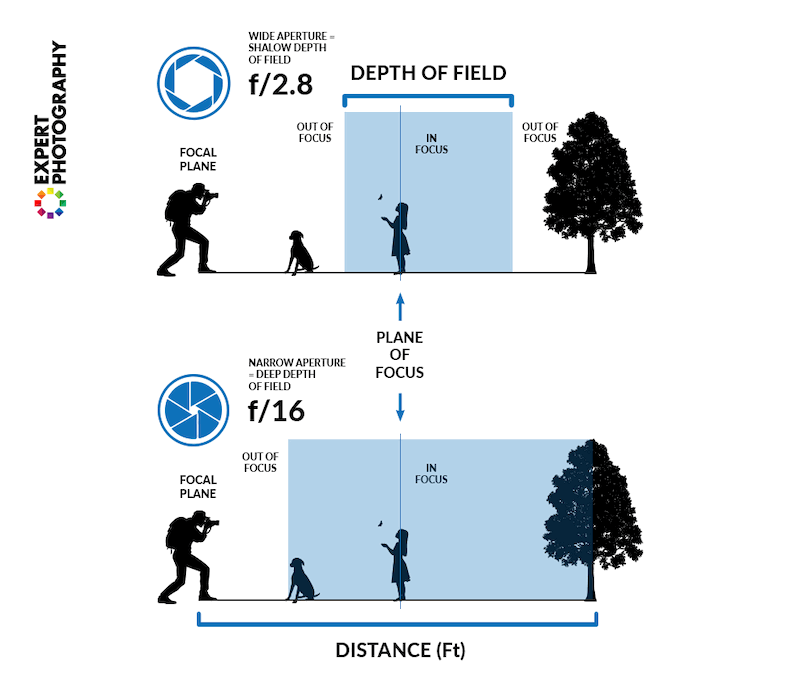Today, we define what deep depth of field is and show you how to use it to your advantage. Deep depth of field is an essential photography term that references a stylistic decision you make in any photograph. Read on to find out what it is.

A deep depth of field is a term describing a range of focus where most of the elements are in focus. This is the opposite of a shallow depth of focus, where much less of the scene or subject is in focus. A deep depth of field is also known as having a narrow aperture.

You create a deep depth of field using a higher aperture number (smaller aperture size). A smaller aperture size means less light gets let in through the lens. To counter this reduction in light, you have to use a slower shutter speed or higher ISO.
Aperture numbers between f/16 and f/22 are considered to have a deep depth of field. Some analog cameras can go up to f/64 and even higher!

A deep depth of focus is best for landscape photography, as you get the whole landscape in focus. It is also good for product or real estate photography, where you want to see the entirety of the subject or scene.

You also want to use a deep depth of field for photojournalism or reportage photography. This is because the surrounding areas of your subject provide more context to the photograph.

A deep depth of field is also a stylistic choice, just like a shallow depth of field. A photograph with the same frame but a different depth of field looks completely different. Try this for yourself.
You shouldn’t use one technique the entire time. But you should be able to change your approach depending on your subject. Which parts of your image do you want in focus? Which parts do you want to remain out of focus?

Depth of field is the range of distance that is in focus when your desired subject is in focus. It spans a distance in front of and behind your selected focal point.

A shallow depth of field has a short range of focus distance. Some professional lenses only have a range of a couple of centimeters! Read our article about the difference between deep and shallow depth of field to learn more.
After reading these short sections, you will understand how a deep depth of field works. Understanding depth of field is a great step toward mastering a camera’s manual settings. If you grasp this concept, you are on your way to becoming a confident photographer.
Check out our Photography Unlocked eBook to learn more about manual camera settings. If you try all the techniques it outlines, you will shoot in manual settings in no time! This will give you the freedom and creative expression you want from photography.
